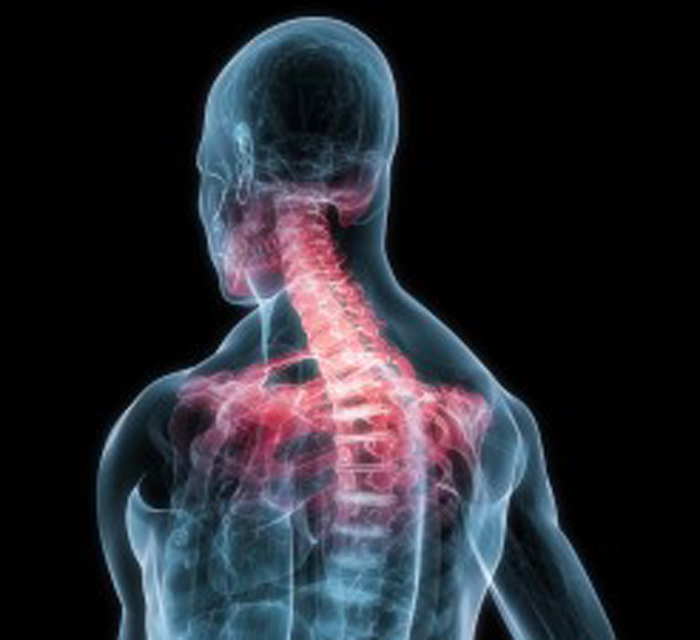Application of a Diagnosis-Based Clinical Decision Guide in Patients with Neck Pain
SOURCE: Chiropractic & Manual Therapies 2011 (Aug 27)
Donald R Murphy, DC, DACAN, and
Eric L Hurwitz, DC, PhD
Background: Neck pain (NP) is a common cause of disability. Accurate and efficacious methods of diagnosis and treatment have been elusive. A diagnosis-based clinical decision guide (DBCDG; previously referred to as a diagnosis-based clinical decision rule) has been proposed which attempts to provide the clinician with a systematic, evidence-based guide in applying the biopsychosocial model of care. The approach is based on three questions of diagnosis. The purpose of this study is to present the prevalence of findings using the DBCDG in consecutive patients with NP.
Methods: Demographic, diagnostic and baseline outcome measure data were gathered on a cohort of NP patients examined by one of three examiners trained in the application of the DBCDG.
Results: Data were gathered on 95 patients. Signs of visceral disease or potentially serious illness were found in 1%. Centralization signs were found in 27%, segmental pain provocation signs were found in 69% and radicular signs were found in 19%. Clinically relevant myofascial signs were found in 22%. Dynamic instability was found in 40%, oculomotor dysfunction in 11.6%, fear beliefs in 31.6%, central pain hypersensitivity in 4%, passive coping in 5% and depression in 2%.
Conclusion: The DBCDG can be applied in a busy private practice environment. Further studies are needed to investigate clinically relevant means to identify central pain hypersensitivity, oculomotor dysfunction, poor coping and depression, correlations and patterns among the diagnostic components of the DBCDG as well as interexaminer reliability, validity and efficacy of treatment based on the DBCDG.
The FULL TEXT Article
BACKGROUND
There are more articles like this @ our:
Neck pain (NP), along with related disorders such as cervical radiculopathy and headache, is very common. It is estimated that 30-50% of adults will experience some form of significant NP in any given year [1]. Further, work limitation due to NP occurs in 11-14% of individuals each year [2]. The recent Bone and Joint Decade Neck Pain Task Force identified the need for research that examines the clinical criteria for diagnosis as well as the best forms of treatment for patients with NP and related disorders [3]. Also recognized by the Neck Pain Task Force is the importance of applying a patient-focused approach that considers the biopsychosocial nature of NP [4, 5].
Read the rest of this Full Text article now!





Beyond the stated “several limitations” of this study, this article is a good read. Guides and predictors for a neuro-musculoskeletal diagnosis/outcome is the updated approach to chiropractic/physical medicine care/treatment. Better then good diagnostic skills are essential not only for the patient but for confidence from other health care practitioners. In my opinion, articles/info. like this is essential for us to compete with others in the physical medicine market. Patients appreciate and respect a good exam.